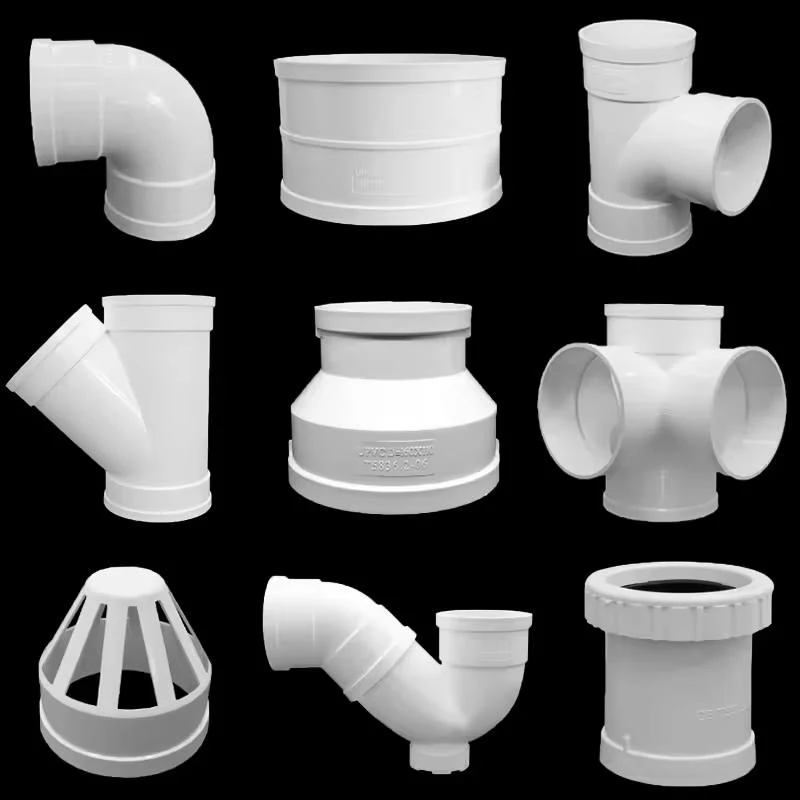Nov . 11, 2024 00:54 Back to list
Understanding Service Life and Benefits of HDPE Drip Pipe Systems for Irrigation
Understanding HDPE Drip Pipe Service
In agricultural irrigation, efficiency and sustainability are paramount. One of the most innovative solutions to achieving these goals is the use of High-Density Polyethylene (HDPE) drip pipes. This article will explore the service, benefits, installation, and maintenance of HDPE drip irrigation systems.
What is HDPE?
High-Density Polyethylene (HDPE) is a type of plastic characterized by its high strength-to-density ratio. It is widely used in various applications due to its durability, chemical resistance, and lightweight properties. In the agricultural sector, HDPE pipes are extensively utilized for irrigation systems, particularly drip irrigation.
Benefits of HDPE Drip Pipes
1. Water Efficiency HDPE drip pipes are designed to deliver water directly to the root zones of plants, minimizing evaporation and runoff. This targeted delivery system ensures that crops receive the appropriate amount of water, promoting optimal growth and reducing the overall water usage.
2. Durability HDPE is resistant to UV radiation, chemicals, and environmental stress. This durability extends the lifespan of drip irrigation systems, reducing the need for frequent replacements and repairs.
3. Cost-effectiveness Although the initial investment for an HDPE drip irrigation system may be higher than traditional methods, the long-term savings in water usage and increased crop yields result in a favorable return on investment.
4. Sustainability As water scarcity becomes an increasing concern, the efficient use of water resources through HDPE drip systems contributes to sustainable agricultural practices. By minimizing water wastage, farmers can ensure the longevity of this precious resource.
5. Ease of Installation HDPE drip pipes are lightweight and easy to handle, making them simpler to install compared to rigid piping systems. They can be easily customized to fit various field layouts and crop types.
Installation Process
Installing an HDPE drip irrigation system involves several steps
1. Site Assessment Analyze the field’s topography, soil type, and crop requirements to devise an effective irrigation plan. Understanding the specific needs of the plants will guide the design of the drip system.
hdpe drip pipe service

2. Designing the System Create a layout that outlines the placement of pipes, emitters, and other necessary components. Proper planning ensures even water distribution and minimizes pressure loss throughout the system.
3. Pipe Installation Begin by laying the HDPE drip pipes according to the planned design. Use appropriate fittings and connectors to ensure secure joints that prevent leaks.
4. Emitter Placement Attach emitters to the drip lines at intervals that correspond with the watering needs of the crops. Emitters can vary in flow rates, so selecting the right ones based on the specific requirements is essential.
5. Testing the System After installation, it's crucial to test the entire system for leaks and ensure proper operation. Check for uniformity in the water distribution throughout the field.
Maintenance of HDPE Drip Systems
To ensure the longevity and efficiency of an HDPE drip irrigation system, regular maintenance is required
1. Flushing the System Periodically flushing the pipes helps to prevent clogging from sediments or mineral deposits. This process should be done before planting and at intervals during the growing season.
2. Inspecting Components Regularly inspect all parts of the system, including pipes, emitters, and filters. Look for signs of wear and tear, leaks, or blockages.
3. Checking Water Quality Water quality can significantly impact the performance of an irrigation system. Conduct tests to ensure that the water does not contain harmful sediments or chemicals.
4. Adjusting System Settings As crops grow, their water needs may change. Regularly adjusting the flow rates and operating times of the drip system can optimize water usage according to the growing conditions.
Conclusion
HDPE drip pipes represent a revolutionary advancement in the field of agricultural irrigation. Their benefits extend beyond mere water efficiency; they contribute to sustainable practices that are essential for the future of farming. By understanding the installation and maintenance of these systems, farmers can enhance their productivity while being mindful of environmental stewardship. Embracing HDPE drip irrigation not only leads to better crop yields but also promotes a healthier planet through responsible water management.
-
High-Quality PVC Borehole Pipes Durable & Versatile Pipe Solutions
NewsJul.08,2025
-
High-Quality PVC Perforated Pipes for Efficient Drainage Leading Manufacturers & Factories
NewsJul.08,2025
-
High-Quality PVC Borehole Pipes Durable Pipe Solutions by Leading Manufacturer
NewsJul.08,2025
-
High-Quality PVC Borehole Pipes Reliable PVC Pipe Manufacturer Solutions
NewsJul.07,2025
-
High-Quality UPVC Drain Pipes Durable HDPE & Drain Pipe Solutions
NewsJul.07,2025
-
High-Quality Conduit Pipes & HDPE Conduit Fittings Manufacturer Reliable Factory Supply
NewsJul.06,2025

